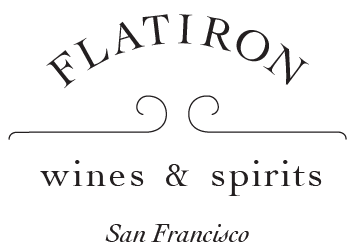Gotsa
For the intrepid wine lover there is no greater adventure than exploring Georgian wine. As the cradle of viticulture, Georgia abounds with micro-producers using Stone Age technology to make wines from grapes that exist nowhere... Read More
For the intrepid wine lover there is no greater adventure than exploring Georgian wine. As the cradle of viticulture, Georgia abounds with micro-producers using Stone Age technology to make wines from grapes that exist nowhere else in the world. Beka Gotsadze, the patriarch of Gotsa Family Wines (located in the ancient and often inaccessible hill town of Asureti), is one of those producers.
Asureti is located in the Atenuri appellation in the region of Kartli in central Georgia. At 4,200ft above sea level, Asureti is an Eden for winemaking. Beka’s vineyards are lower down in the valley from the village at 1,800ft near the fork of the Algeti and Asuretiskhevi Rivers. The land is kept pristine, as it resides in the Algeti National Park. That said, this land has been under vine for at least 4,000 years, as evidenced by the Bronze Age sword Beka found when plowing his fields one day.
Higher up the hillside, Beka runs a winery that is both staunchly traditional, but also not afraid of innovation. All of Beka’s wines are made in qvevri, a large clay vessel which gets buried in the ground. There he ferments his wines, made from the 13 different indigenous grapes he grows, as well as cider and a beer made with grape must, not to mention distills chacha (the Georgian equivalent to grappa). The higher altitude helps with keeping fermentation cool, but Beka also employs some creative techniques to aid his winemaking.
Beka's house/winery is split into two levels built on a hillside. The first level is for fermentation and the second is for aging, both outfitted with their own qvevri. While most qvevri wine in Georgia is fermented and aged in the same qvevri and then painstakingly scooped out with ladles made from gourds, Beka instead drilled holes in the bottom of the fermentation Qvevri and connected them to the lower “aging” qvevri to allow for gravity flow.
If that wasn't enough, before he buried his fermentation qvevri, he wrapped them with silicon tubing and attached the tubing to a cold water spring. As the cool water circulates through the tubing it helps drop the heat emitted by the fermentation reaction going on inside the vessel. Not letting anything go to waste, Beka then pumps the warm water into an indoor swimming pool he built for his family. The warm pool isn't just for relaxation though. As the temperature drops in the late winter he reverses the flow to the qvevri where the warm water encourages malolactic fermentation. Beka might just be the Norm Abrams of Georgia!



